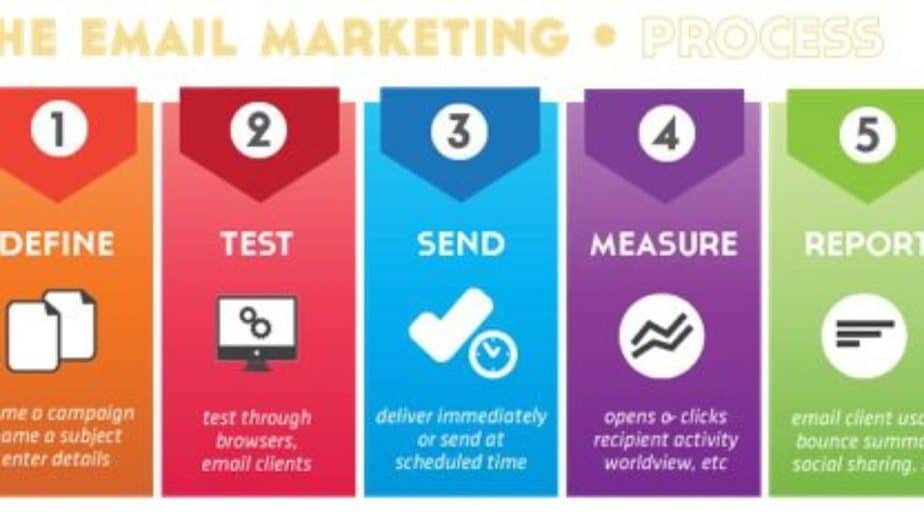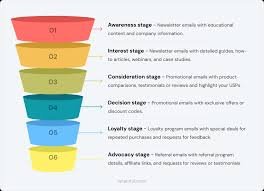Are you sending the same email to every subscriber? If so, you’re missing out on a powerful way to boost engagement, increase conversions, and build lasting customer relationships. The key to effective email marketing is email list segmentation—dividing your subscribers into targeted groups based on their interests, behavior, or demographics.
In this guide, we’ll walk you through what email segmentation is, why it’s important, and how you can use it to supercharge your email marketing strategy.
What is Email List Segmentation?
Email list segmentation means grouping your subscribers into smaller, more specific categories so you can send them highly relevant emails. Here’s how you can segment your list:
✅ Demographics – Age, location, gender, job title, etc.
✅ Buying Behavior – Past purchases, abandoned carts, frequent buyers
✅ Interests – Products they browse, content they engage with
✅ Engagement Level – Highly active vs. inactive subscribers
🚀 Why does this matter? Because personalized emails perform better! They get higher open rates, more clicks, and better conversions than generic messages.
📌 Pro Tip: Struggling with email content? Our content writing services can help you craft engaging, high-converting emails!

Why is Email Segmentation Important?
Here’s why segmentation should be a core part of your email marketing strategy:
✔ Higher Engagement – People are more likely to open emails that match their interests.
✔ More Conversions – Targeted offers drive more sales and sign-ups.
✔ Lower Unsubscribes – Subscribers stick around when they receive relevant content.
✔ Better Customer Relationships – Personalized emails build trust and loyalty.
🚀 Want to boost your advertising efforts too? Check out our Google Ads services for even better targeting!
How to Create an Email List Segmentation Strategy
1. Collect Data on Your Subscribers
The more you know about your audience, the better you can segment them. Use:
✔ Sign-up forms – Ask for basic details like location or interests.
✔ Purchase history – Track what customers buy.
✔ Website behavior – See which pages and products they engage with.
✔ Email engagement – Monitor who opens and clicks on your emails.
📌 Pro Tip: Use tools like Google Analytics and CRM software to track user behavior. Learn more in our SEO guide!
2. Choose Your Segmentation Strategy
Here are some smart ways to segment your email list:
✅ New vs. Returning Customers – First-time buyers need different emails than loyal customers.
✅ Location-Based Segmentation – Send personalized promotions based on location.
✅ Interest-Based Segmentation – Group people by what content or products they like.
✅ Engagement Level – Target your most active users differently from inactive ones.
🚀 Running a local business? Our Local SEO services can help improve your visibility!
3. Personalize Emails for Each Segment
Once your list is segmented, tailor your emails to match each group. Here’s how:
💡 Example 1:
✔ Segment: Customers who abandoned their cart
✔ Email: “Forgot something? Complete your order now and get 10% off!”
💡 Example 2:
✔ Segment: New subscribers
✔ Email: “Welcome! 🎉 Here’s a special offer just for you.”
📌 Pro Tip: Want to integrate email marketing with social media? Learn how in our social media marketing guide!

4. Test and Optimize Your Strategy
Even with a solid segmentation strategy, testing is key. Keep an eye on:
✔ Open rates – Are your subject lines working?
✔ Click-through rates – Are people engaging with your content?
✔ Conversion rates – Are emails driving sales or sign-ups?
📌 Pro Tip: Need help tracking your success? Check out the best tools for email marketing analytics in our latest blog.
Final Thoughts
Email segmentation is a game-changer for boosting engagement and driving conversions. By grouping your subscribers and sending them personalized emails, you’ll see higher open rates, stronger customer relationships, and more sales.
🎯 Want expert help with your email marketing strategy?
At Social Media Max, we specialize in SEO, email marketing, and digital marketing strategies that deliver real results!
📞 Call us at 0161 399 3517
📧 Email us at Syed_66@hotmail.comsomeone is interested in PPC services, you can send tailored offers or content related to paid ads.
Make sure the content you send aligns with the segment’s interests and behaviors, and always include a call to action that matches the segment’s needs.
7. Test and Optimize
Your segmentation strategy should be continuously tested and optimized. Regularly check the performance of your campaigns by looking at key metrics like open rates, click-through rates, and conversions. A/B testing different email designs or content can also help you determine which strategies work best for each segment.
8. Keep Your Segments Up to Date
As your subscribers engage with your emails or take actions on your website, update their segmentation accordingly. Keep track of their changes in behavior and adjust your strategy to match their evolving preferences.
Call to Action
Ready to boost your email marketing efforts with targeted segmentation? Contact us at Social Media Max today! We can help you create an effective email marketing segmentation strategy that drives better results for your business. Call us at 0161 399 3517 or email Syed_66@hotmail.com to get started!

